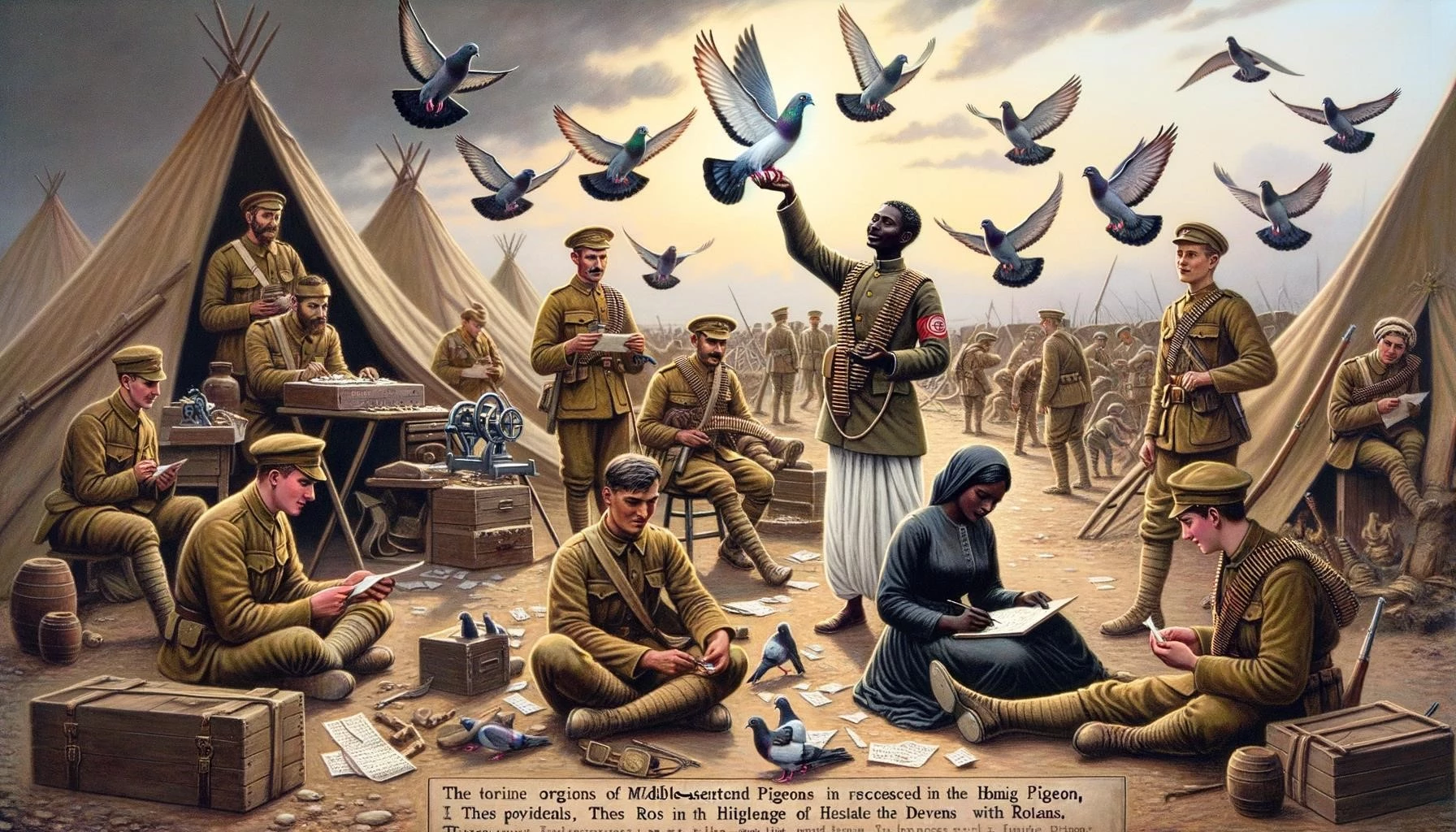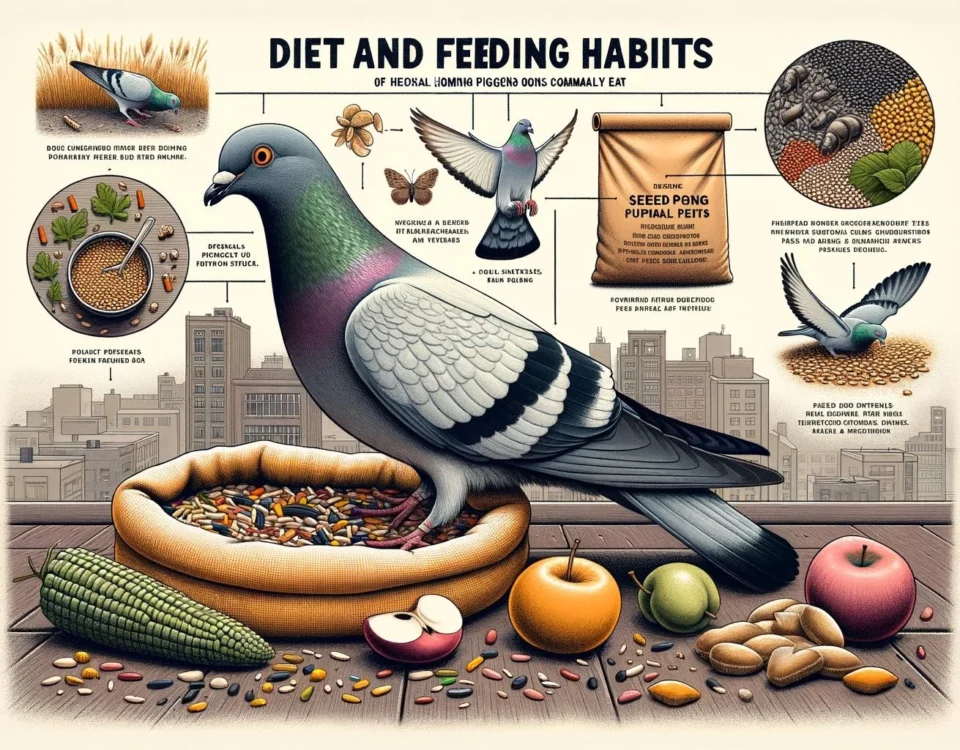Tracing their origins back over 5000 years, homing pigeons have held a crucial role in human history. Known for their remarkable navigation abilities, these birds have served as messengers in warfare, carried news across vast distances, and even won awards for their bravery. From their diverse physical attributes to their significant wartime contributions, the story of homing pigeons weaves a fascinating tale of evolution and human dependence. Let’s delve into their captivating journey, which continues to be a subject of interest today.
Key Takeaways
- Homing pigeons are domestic pigeons selectively bred for their ability to find their way home over long distances.
- They have been used as messengers since ancient times and played a significant role in warfare and communication during World War I and II.
- Homing pigeons possess unique navigation abilities, including a compass mechanism and a map mechanism, allowing them to navigate and cover vast distances.
- Homing pigeons come in various sizes, colors, and body types and have distinct physical features that distinguish them from other pigeon species.
- Training homing pigeons requires patience and gradual distance increase, starting from their home loft.
- Breeding homing pigeons requires careful planning, maintaining a clean loft, and providing proper nutrition and privacy for the breeding pair.
- Homing pigeons have been recognized for their bravery and have received prestigious awards for their role in carrying messages during wartime.
The Origins of Homing Pigeons
The exact origin of homing pigeons is unclear, but they are believed to have been domesticated by humans over 5000 years ago for food and messaging purposes. The Greeks were among the first to notice the pigeons’ homing abilities and used them to deliver messages during the Olympic Games. Pigeons were also commonly used in the 12th century by Genghis Khan and remained popular for long-distance communication until the invention of the telegraph by Samuel Morse in 1844. However, during wartime, homing pigeons provided mobility that the telegraph did not, leading to their extensive use in World War I and World War II.
The Role of Homing Pigeons in Warfare
Homing pigeons have long played a crucial role in war due to their homing ability, speed, and altitude. They were often used as military messengers, carrying important messages across enemy lines. Carrier pigeons of the Racing Homer breed were specifically trained and used to deliver messages during World War I and World War II. These pigeons were able to fly at speeds exceeding 60 miles per hour in good wind conditions, making them ideal for messenger duty. Thousands of homing pigeons were employed by all combatants during World War I, and their bravery and contribution were acknowledged through prestigious awards such as The Dickin Medal.
Training and Breeding Homing Pigeons
Training homing pigeons requires patience and careful planning. The process should start when the pigeons are around 6 weeks old, gradually increasing the flying distance between the loft and an alternate location. It is essential to create comfortable and well-maintained lofts to motivate the pigeons to return to their starting point. Breeding homing pigeons also requires attention to detail, including maintenance of a clean loft, feeding a special breeding mixture, providing privacy for the breeding pair, and preparing nest boxes. Proper care and attention increase the chances of successful breeding.
It is also worth noting that homing pigeons have unique physical attributes that distinguish them from other pigeon species. They have a round and thin body shape, a distinct head shape, a broad chest, iridescent collar plumage, a thin and short neck, and various coat hues and eye colors.
Today, while the use of homing pigeons as messengers is not as prominent as in the past, there are still people who train and race pigeons over long distances. Historically, homing pigeons have played an essential role in politics, diplomacy, and military operations.









